#hydropneumatic suspension
Photo

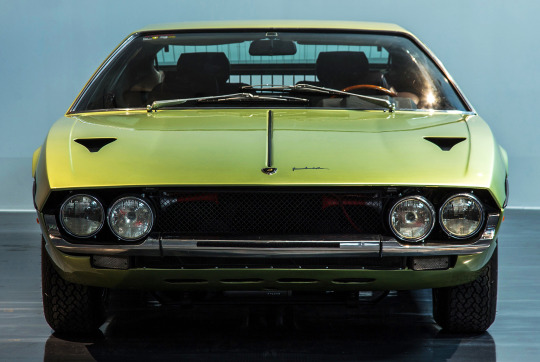
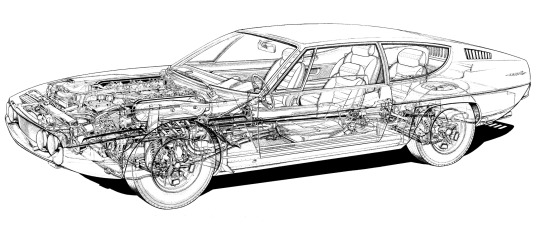
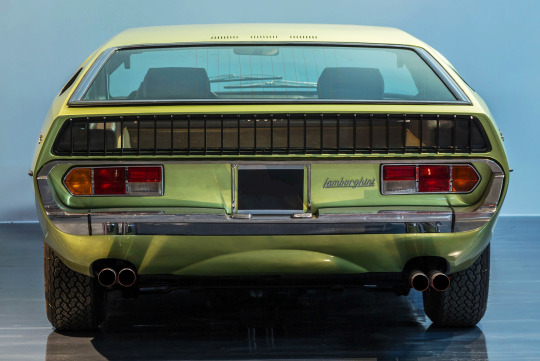
Lamborghini Espada 400 GT Lancomat, 1968. The Bertone designed Espada was first revealed at the Geneva Motor Show in March 1968. At the Turin Motor Show of November that year Lamborghini presented a version of the car with hydropneumatic suspension which was subsequently offered as an option for the 4-seat GT. However low-take up meant the hydraulic-based system was dropped (regular 400 GT pictured)
#Lamborghini#Lamborghini Espada#Lamborghini Espada 400 GT#Lamborghini Espada 400 GT Lancomat#Turin Motor Show#hydropneumatic suspension#1968#Lancomat
859 notes
·
View notes
Text




FLAT FUCK FRIDAY!!!
#callsign gremlin checking in#gremlin tankposting#this is the object 775#experimental Soviet missile tank from 1964#it’s only 1.74 m tall (if you’re 5’9 you’re the same height as this thing)#which makes my stupid diseased ass smile with glee because my Ivan is taller than this thing could ever be#ALSO IT HAS HYDROPNEUMATIC SUSPENSION AND CAN BE FLATTER THAN IT ALREADY IS
127 notes
·
View notes
Text
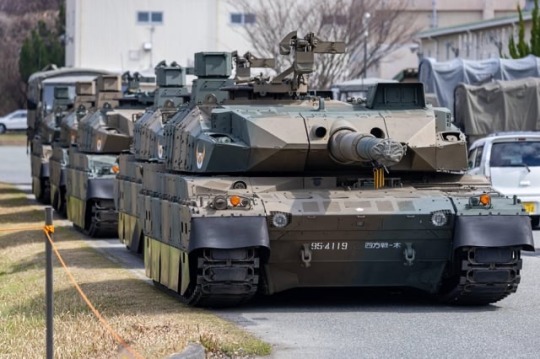
Japanese Type 10 with its hydropneumatic suspension lowered.
28 notes
·
View notes
Text

"... The Gorgeous 1972 Citroën DS 21 Cabriolet In Paris France . The Citroën DS is an executive car produced by the French manufacturer Citroën, between 1955 and 1975. Styled by Italian sculptor and industrial designer Flaminio Bertoni, the DS is known for its aerodynamic futuristic body design and innovative technology, including a hydropneumatic self-levelling suspension. The DS was truly advanced, and updated the standards in automobile ride quality, handling, and braking ..."
23 notes
·
View notes
Text
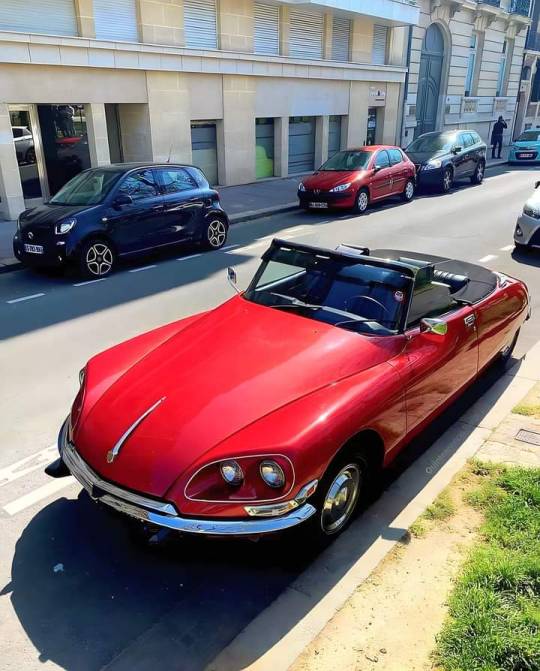
1967 Citroen DS Cabriolet by Henri Chapron.
Styled by Italian sculptor and industrial designer Flaminio Bertoni, the DS is known for its aerodynamic futuristic body design and innovative technology, including a hydropneumatic self-levelling suspension.
9 notes
·
View notes
Text
I'm like if a girl had a hydropneumatic suspension system (adjustable)
4 notes
·
View notes
Note
tell me more about suspention thangs, also just please talk about shell types thats veery fun
There's many different suspension systems. My area of expertise is WW2, which saw various forms of suspension. Russian tanks of that era used Christie suspension until the T-44, which switched to Torsion Bar, which is used all the way up until the T-90 of today. British tanks tended to use spring based systems during WW2, but have since switched to hydropneumatic suspensions. American tanks also used springs in the early war, but switched to torsion bars with the M26 Pershing, and have used those up to the M1 Abrams. German tanks were using torsion bar since the start of the war, and have carried that on to their Leopard II MBT.
There's a lot of variety in tank shells. HE rounds are your traditional big boom rounds, great against light armoured targets and infantry, as well as for blasting apart enemy fortifications, but if there's any armour, they're pretty much useless. AP shells are good for piercing that armour, but they lack the same damaging capabilities. APHE and HEAT (Armour Piercing High Explosive and High Explosive Anti Tank) are your tank-killer rounds of choice during WW2. They can pierce armour, and take out the crew. After WW2, various Sabot rounds were developed, but I'm not as well educated on them.
2 notes
·
View notes
Text
Understanding Citroen Brake Technology
New Post has been published on https://www.carbrakes.net/understanding-citroen-brake-technology/
Understanding Citroen Brake Technology
Citroen has always prided itself on having high standards when it comes to brake technology. They have been in the car industry for almost a century, and over the years, they have invested in the development of innovative braking systems. Developing the latest braking technology provides convenience, reliability and safety for all Citroen drivers, whether for on city streets or the motorways.
Citroen has developed several types of brake technologies to suit all types of driving. One of the most important brake technologies that define the safety and performance of their cars is the Electronic Stability Program (ESP). This system helps prevent skidding, over-steering and under-steering in slippery situations. The hydraulic pressure generated by the brakes provide steady and reliable braking power, while the anti-lock braking system helps to reduce the risk of skidding.
For added safety, Citroen models are also fitted with brake assist systems. Whenever the driver quickly applies the brakes, this technology boosts the braking performance, snapping the car to a stop in the shortest possible time. The brake assist system also allows for improved stability during sudden braking.
For those who enjoy long-distance journeys, Citroen offers brake technology that ensures safe and comfortable rides. The Active City Brake system is designed for slow traffic speeds. It helps reduce speed whenever there is an unexpected situation, such as an animal running onto the road ahead. In this case, the car will automatically reduce speed and alert the driver. This system is especially useful for those living in front of a busy road or intersection.
The Citroen hydropneumatic suspension system is one of the most impressive braking technologies developed by the French manufacturer. This system minimizes the amount of wear and tear on the brakes for a smoother and more comfortable ride. The suspension system also gives the driver a better handling on the road.
In conclusion, Citroen is not mired in the past, but instead continues to create and use advanced technologies to ensure the safety and comfort of its customers. It is no wonder then that they make some of the best cars in the industry. The above-mentioned technologies only serve to amplify their commitment to providing reliable and enjoyable rides to drivers.
0 notes
Photo
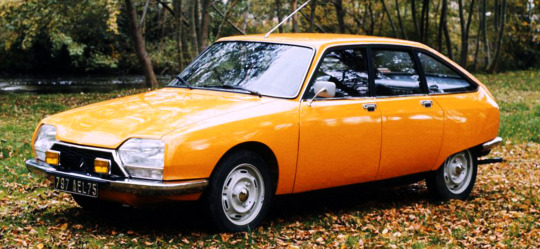

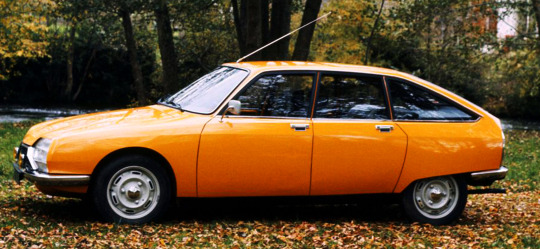


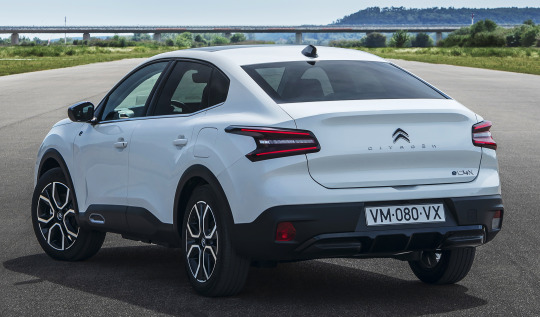
What a difference 50 years makes juxtaposition of Citroën GS X, 1973 and Citroën ë-C4 X, 2023. The GS was Citroën’s first C-segment offering, bridging the gap between the larger DS range and the smaller 2CV/Dyane/Ami models. It represented a design and technological advance for the segment offering hydropneumatic brakes and self-levelling suspension, an aerodynamic body shape by Robert Opron and an air-cooled flat-4 engine. The GS X was the “sporty” model variant. The new ë-C4 X is Citroën’s latest C-segment offering, a high-riding crossover fastback available with all-electric, petrol and diesel drivetrains
#Citroën#Citroën ë-C4 X#Citroën GS X#C-segment#mid-range#crossover#fastback#What a difference#50 years#1973#2023#hydropneumatic suspension#aerodynamic#new cars
171 notes
·
View notes
Text
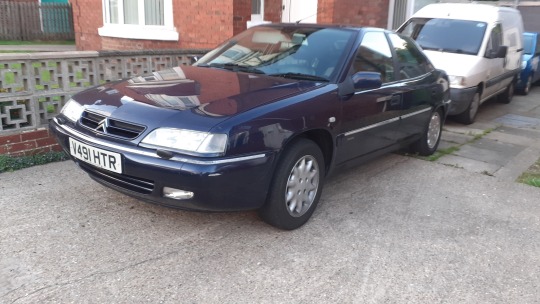
1992-2002 Citroen Xantia:
The replacement for the Citroen BX It was a large family car with the option of an estate meant to compete with the Ford Mondeo and Vauxhall Vectra and the likes of the Rover 600. Though It was a popular buy selling up to 130,000 In the UK, It was never able to outsell the two darlings of the British saloon market, the Mondeo and Vectra. It was a platform shared with Peugeot's 406 however the 406 never came equipped with the Xantia's hydropneumatic suspension system pioneered In the original DS which gave the Citroen superior handling and stability characteristics. The Xantia was facelifted In 1997 to give It a more modern look to match the other cars they offered such as the Saxo and Xsara.
The Xantia was to be replaced by the Citroen C5 In 2000 however they were seen In showrooms together for a couple years after. Production of the Xantia continued until 2010 for the Iranian market.
The one photographed Is a 2.0 diesel facelift first regestered In December 1999
1 note
·
View note
Text


MBT-70 Pilot vehicle number 2 at the US Army Armor and Cavalry Museum, Fort Moore, GA. The vehicle is made of mild steel rather than hardened armor plate. The hydropneumatic suspension is at its lowest, bringing the idler and drive sprockets in line with the road wheels.
19 notes
·
View notes
Text
Market Analysis And Growth Of Global Air Suspension Market
Data Bridge Market Research analyses that the air suspension market would exhibit a CAGR of 7.19% for the forecast period and is expected to reach the USD 12.86 billion by 2029. An air suspension system is a type of vehicle suspension that uses an electric pump or compressor to pump air through flexible bellows constructed of a textile-reinforced rubber. Unlike hydropneumatic suspension, which has many of the same benefits, air suspension uses compressed air rather than pressurized liquid. The bellows are inflated by the air pressure, which lifts the chassis away from the axle. In heavy vehicle applications, such as buses and trucks, and in some passenger automobiles, air suspension replaces traditional steel springs.
Market Study and Perceptions : Global Air Suspension Market
The growing importance of the automobile industry is also propelling the air suspension market forward. Furthermore, the rising demand for premium and luxury vehicles along with the increased commercial vehicle sales are expected to drive market expansion during the projection period. Air suspension market players are putting resources into developing cutting-edge air suspension technology for light and heavy-duty vehicles, which is expected to accelerate the market throughout the forecast period. Globalization is one of the driving forces behind the air suspension market's expansion.
Moreover, growing demand lightweight air suspension system and increased aftermarket demand for air suspension and related components will carve the beneficial opportunities for the growth of air suspension market.However, high costs of maintenance and development are projected to stymie revenue growth. The rise in the presence of local suppliers will pose a major challenge for the growth of air suspensions market.
Global Air Suspension Market Opportunity and Market Proportions
The air suspension market is segmented on the basis of vehicle type, component, technology type, and sales channel type. The growth amongst these segments will help you analyse meagre growth segments in the industries, and provide the users with valuable market overview and market insights to help them in making strategic decisions for identification of core market applications.
Based on vehicle type, air suspension market is segmented into light commercial vehicles (LCV), trucks and bus.
Global Air Suspension Market Stake Exploration and Competitive Landscape
The air suspension market competitive landscape provides details by competitor. Details included are company overview, company financials, revenue generated, market potential, investment in research and development, new market initiatives, global presence, production sites and facilities, production capacities, company strengths and weaknesses, product launch, product width and breadth, application dominance. The above data points provided are only related to the companies’ focus related to air suspension market.
Some of the major companies operating in the air suspension market are
Continental AG
thyssenkrupp AG
Hitachi, Ltd.
WABCO
Firestone Industrial Products Company, LLC
Hendrickson USA, L.L.C.
Mando Corp.
BWI Group
SAF-HOLLAND S.A.
ACCUAIR SUSPENSION
Vibracoustic
Dunlop Tires
VB-Airsuspension
Link
Universal Air
Liftmatic
STEMCO Products Inc.
Arnott LLC
Shanghai Komman Vehicle Component Systems Stock Co., Ltd
Jamna Auto Industiries Ltd
Access full report- https://www.databridgemarketresearch.com/reports/global-air-suspension-market
MAJOR TOC OF THE REPORT
Chapter One: Introduction
Chapter Two: Market Segmentation
Chapter Three: Market Overview
Chapter Four: Executive Summary
Chapter Five: Premium Insights
Chapter Six: Global Air Suspension Market by Product & Procedure type
Get TOC of the report- https://www.databridgemarketresearch.com/toc/?dbmr=global-air-suspension-market
Browse related reports
Global Automotive Air Suspension Market
Global Ophthalmic Suspension Market
Global Food Oil Suspension Market
Global Automotive Suspension Market
About Us:
Data Bridge Market Research set forth itself as an unconventional and
neoteric Market research and consulting firm with unparalleled level of resilience and integrated approaches. We are determined to unearth the best market opportunities and foster efficient information for your business to thrive in the market
Contact:
Data Bridge Market Research
Tel: +1-888-387-2818
Email: [email protected]
0 notes
Photo
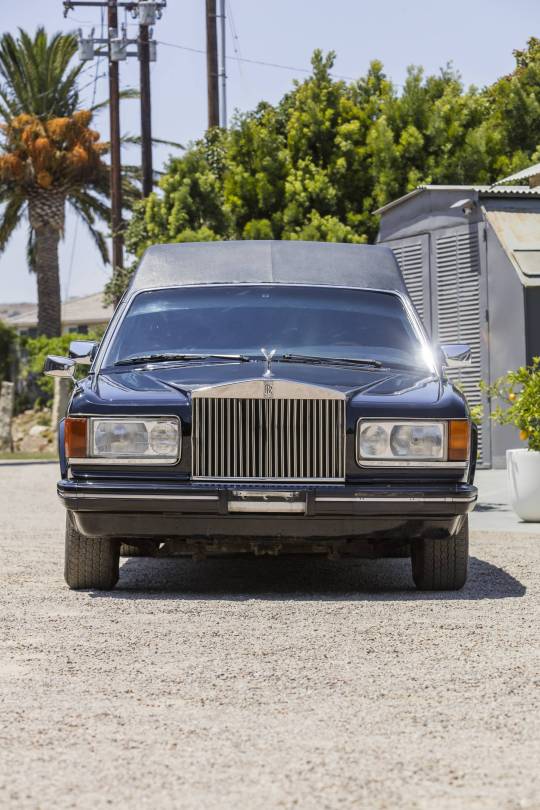
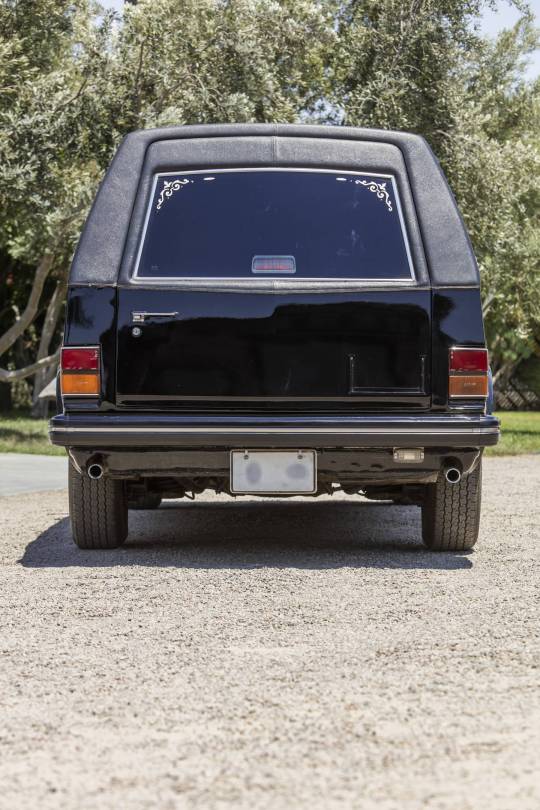
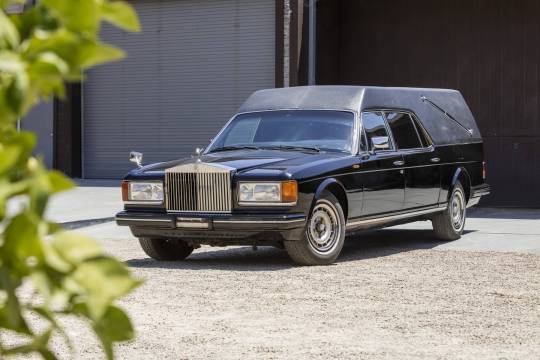
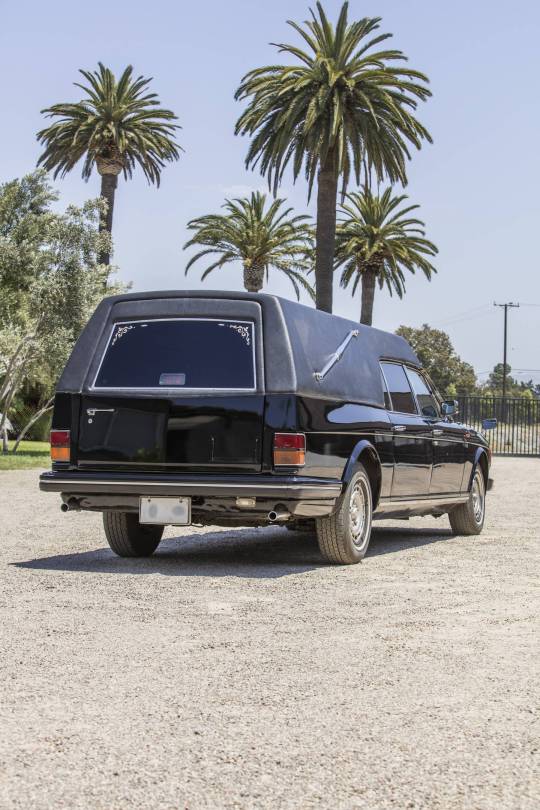
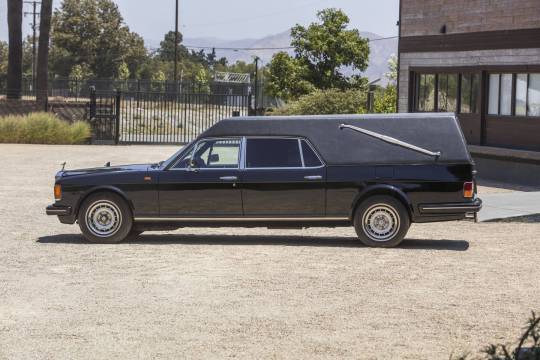

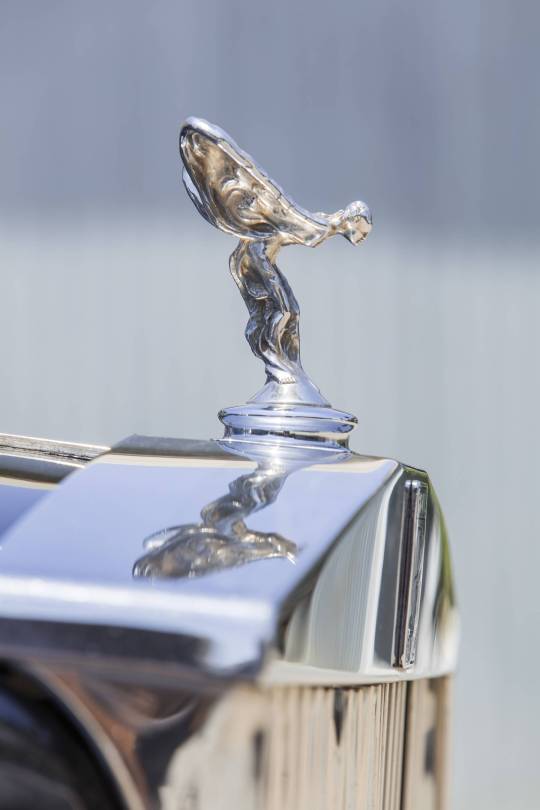
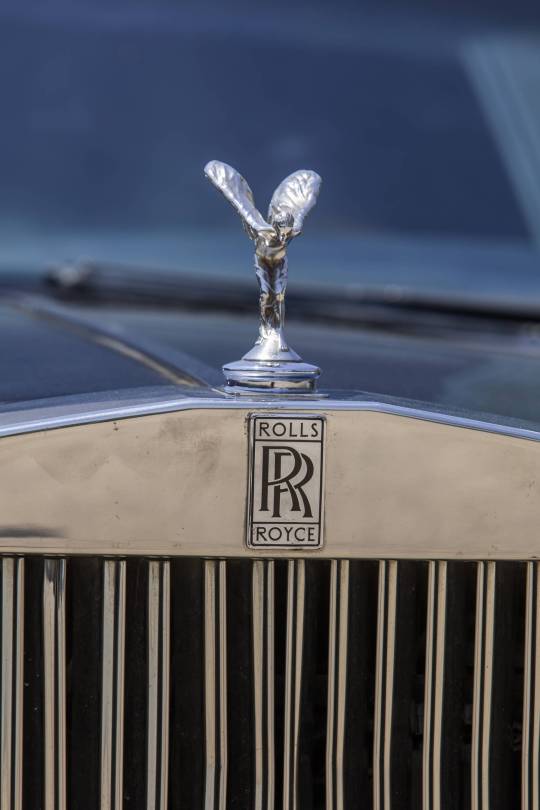


Rolls-Royce Silver Spur Hearse Conversion (Ideal for going to a black metal concert or taking a short walk to the cemetery).
The Rolls Royce Silver Spur is a long wheelbase version of the Silver Spirit produced from 1980 to 2000. Over its 20-year production run the Silver Spur received multiple refreshes and was the first Rolls Royce car to feature a retractable Spirit of Ecstasy.
This specific example is a Silver Spur Extended. The Spirit and Spur have hydropneumatic self-levelling suspension with Girling automatic hydraulic ride height control systems and gas-charged shock absorbers. Likely because of the advanced suspension tech in the Spur, this vehicle was selected to be the recipient of a Hearse conversion.
29 notes
·
View notes
Text
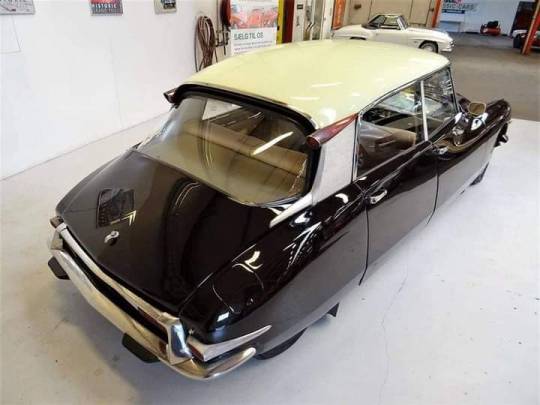
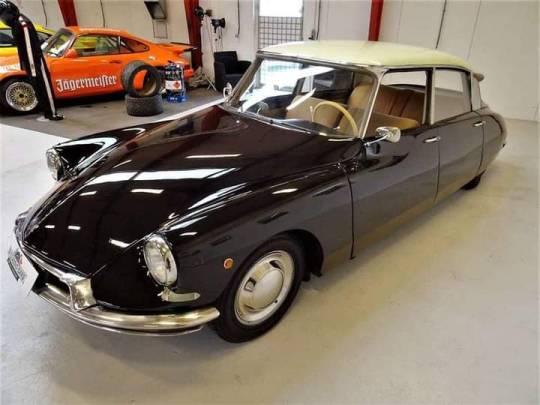
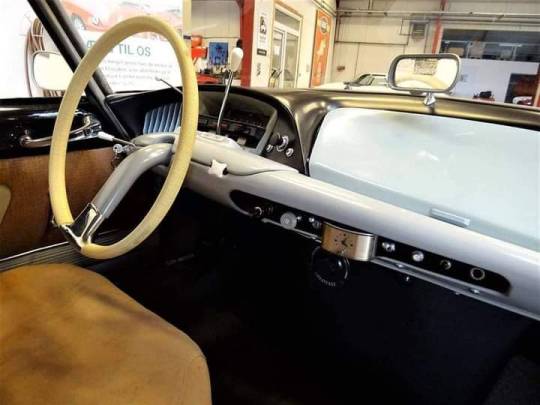
1957 Citroën DS 19
The Citroën DS is a front-engine, front-wheel-drive executive car manufactured and marketed by the French company Citroën from 1955 to 1975 in sedan, wagon/estate and convertible body configurations. During that period, Citroën sold 1,455,746 of these vebicles.
Italian sculptor and industrial designer Flaminio Bertoni and the French aeronautical engineer André Lefèbvre styled and engineered the car. Paul Magès developed the hydropneumatic self-leveling suspension.
Noted for its aerodynamic, futuristic body design and innovative technology, the DS set new standards in ride quality, handling, and braking - and was the first production car equipped with disc brakes.
3 notes
·
View notes
Photo
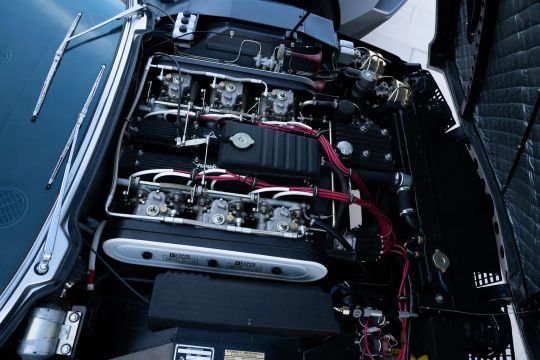
Taking the V12 engine to 4 litres The technical cornerstone of the Espada was the 60° V12 engine that was first produced in 1963 with a displacement of 3.5 litres, which had already been increased to 4 litres (3929 cc) in 1964. It is a remarkable example of engine development technologies, and it was capable of delivering 325 hp at 7200 rpm when it was first fitted in the Espada. This increased to 350 hp at 7500 rpm in the Espada Series II, which was presented in 1970. Fed by six Weber 40 DCOE side-draft carburettors, the V12 had a compression ratio of 9.5:1 (which increased to 10.7:1 from the Series II onwards) and two chain-driven overhead camshafts per bank. It weighed just 232 kg thanks to the substantial use of aluminium to make not only the cylinder head but also the crankcase and the pistons. It was front-mounted in a position that was slightly further forward compared to the previous Lamborghini 350/400 GT engines, in order to make the interior roomier. Thanks to the large opening below the aluminium hood, it was easily accessible. The chassis was based on that of the 400 GT but it was lengthened so that the wheelbase reached 2650 mm and it was also widened, with the wheel track increasing to 149 cm. It had four-wheel independent suspension, with double wishbones and coil springs. In November 1968, an Espada “Lancomat” with hydropneumatic suspension went on display at the Turin Motor Show. The system was made available on-demand, but in the end, it was chosen by very few owners. The Espada was an extremely fast grand tourer that was capable of reaching a top speed of between 245 and 260 km/h and keeping up with the sportier Miura in most conditions. https://www.instagram.com/p/Cfi4GXcrhqL/?igshid=NGJjMDIxMWI=
0 notes
Text
Global Air Suspension Market SWOT Analysis, Key Developments and Business Description
The air suspension market would exhibit a CAGR of 7.19% for the forecast period and is expected to reach the USD 12.86 billion by 2029.
Global Air Suspension Market Analysis and Insight
An air suspension system is a type of vehicle suspension that uses an electric pump or compressor to pump air through flexible bellows constructed of a textile-reinforced rubber. Unlike hydropneumatic suspension, which has many of the same benefits, air suspension uses compressed air rather than pressurized liquid. The bellows are inflated by the air pressure, which lifts the chassis away from the axle. In heavy vehicle applications, such as buses and trucks, and in some passenger automobiles, air suspension replaces traditional steel springs.
Get the sample copy of Report here: https://www.databridgemarketresearch.com/request-a-sample/?dbmr=global-air-suspension-market
Global Air Suspension Market Segmentation
Vehicle Type Segment
On the basis of Vehicle Type, the Air Suspension Market is segmented into
Light Commercial Vehicles (LCV)
Trucks
Bus
Component Segment
On the basis of Component, the Air Suspension Market is segmented into
Air Spring
Tank
Solenoid Valve
Shock Absorber
Air Compressor
Electronic Control Unit (ECU)
Height and Pressure Sensor
Air Reservoir
Technology Type Segment
On the basis of Technology Type, the Air Suspension Market is segmented into
Electronic Controlled
Non-Electronic Controlled
Sales Channel Type Segment
On the basis of Sales Channel Type, the Air Suspension Market is segmented into
Original Equipment Manufacturers (OEMs)
Aftermarket
Global Air Suspension Market Level Analysis
The countries covered in the air suspension market report are U.S., Canada and Mexico in North America, Brazil, Argentina and Rest of South America as part of South America, Germany, Italy, U.K., France, Spain, Netherlands, Belgium, Switzerland, Turkey, Russia, Rest of Europe in Europe, Japan, China, India, South Korea, Australia, Singapore, Malaysia, Thailand, Indonesia, Philippines, Rest of Asia-Pacific (APAC) in Asia-Pacific (APAC), South Africa, Saudi Arabia, U.A.E, Israel, Egypt, Rest of Middle East and Africa (MEA) as a part of Middle East and Africa (MEA).
Global Air Suspension Market Share Analysis
The air suspension market competitive landscape provides details by competitor. Details included are company overview, company financials, revenue generated, market potential, investment in research and development, new market initiatives, global presence, production sites and facilities, production capacities, company strengths and weaknesses, product launch, product width and breadth, application dominance. The above data points provided are only related to the companies’ focus related to air suspension market.
Key Players Air Suspension Market
Continental AG
thyssenkrupp AG
Hitachi, Ltd.
WABCO
Firestone Industrial Products Company LLC
Hendrickson USA L.L.C.
Mando Corp.
BWI Group
SAF-HOLLAND S.A.
ACCUAIR SUSPENSION
Vibracoustic
Dunlop Tires
VB-Airsuspension
Link
Universal Air
Liftmatic
STEMCO Products Inc.
Arnott LLC
Shanghai Komman Vehicle Component Systems Stock Co. Ltd.
Jamna Auto Industiries Ltd.
Get Full Access Of Report @ https://www.databridgemarketresearch.com/reports/global-air-suspension-market
MAJOR TOC OF THE REPORT
INTRODUCTION
MARKET SEGMENTATION
EXECUTIVE SUMMARY
PREMIUM INSIGHTS
MARKET OVERVIEW
COVID-19 IMPACT OF AIR SUSPENSION MARKET
AIR SUSPENSION MARKET, BY VEHICLE TYPE SEGMENT
AIR SUSPENSION MARKET, BY COMPONENT SEGMENT
AIR SUSPENSION MARKET, BY TECHNOLOGY TYPE SEGMENT
AIR SUSPENSION MARKET, BY SALES CHANNEL TYPE SEGMENT
COMPANY LANDSCAPE- AIR SUSPENSION MARKET:
SWOT ANALYSIS
COMPANY PROFILE
QUESTIONNAIRE
RELATED REPORTS
Get TOC Details: https://www.databridgemarketresearch.com/toc/?dbmr=global-air-suspension-market
About Us:
Data Bridge Market Research set forth itself as an unconventional and neoteric Market research and consulting firm with unparalleled level of resilience and integrated approaches. We are determined to unearth the best market opportunities and foster efficient information for your business to thrive in the market.
Contact:
Data Bridge Market Research
Tel: +1-888-387-2818
Email: [email protected]
Browse Related Reports@ Europe Prepacked Chromatography Columns Market
Europe Q-PCR and D-PCR Devices Market
0 notes